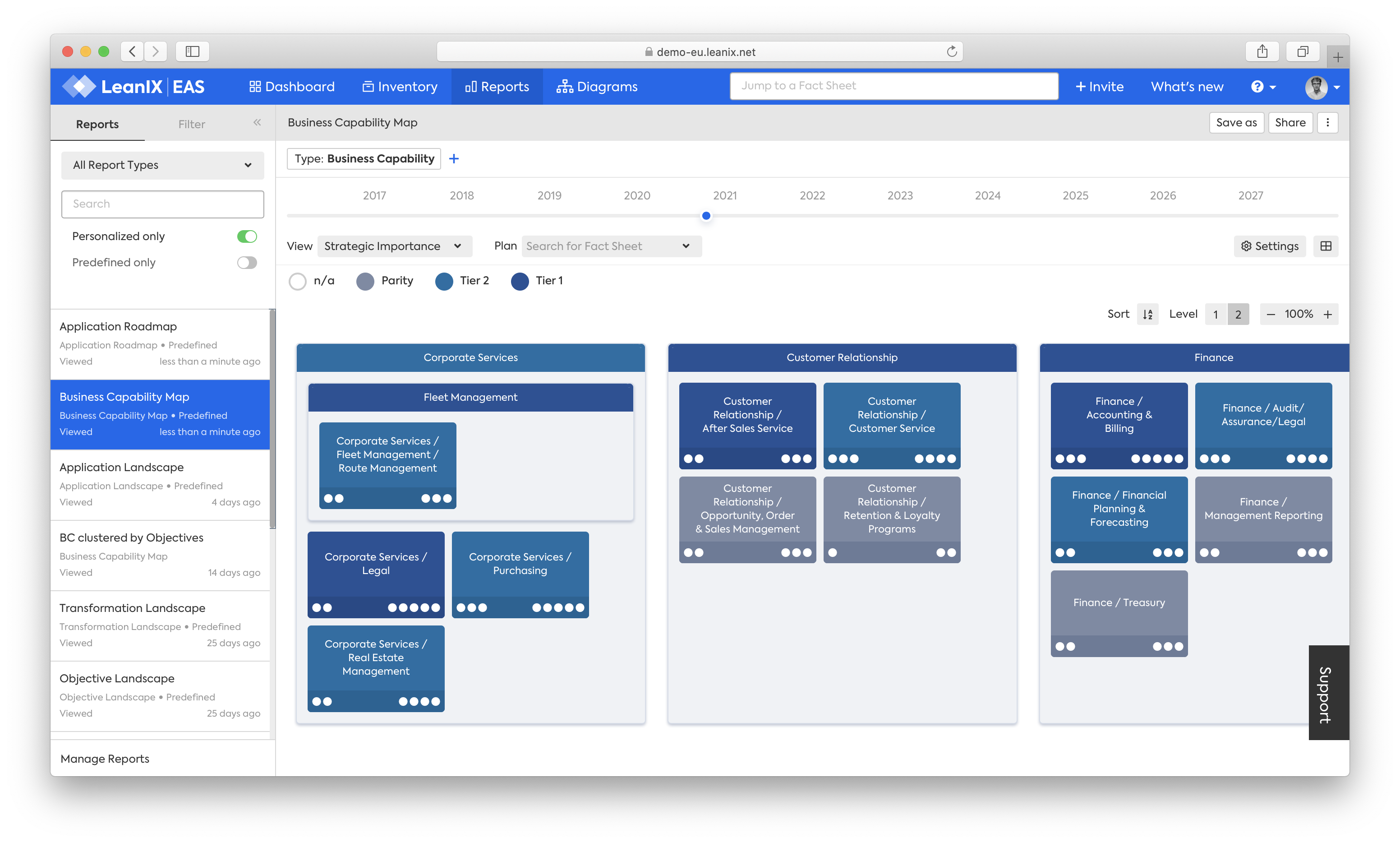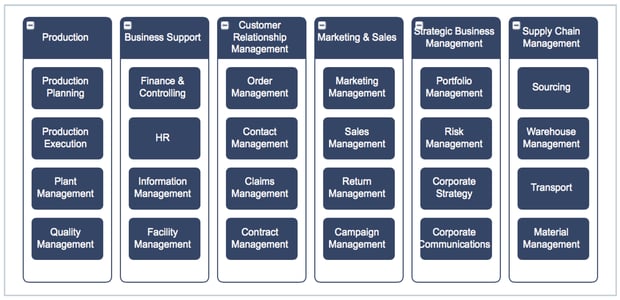
Many older corporations rely on legacy systems, often built 40 to 50 years ago. These organizations are also putting off a very much needed overhaul of their IT landscape. Digital transformation is rapidly changing all aspects of business, and a part of the change is incorporating beneficial design and development practices like microservices, agile, and DevOps. In order to shift from legacy systems, there should be an active portfolio management practice in place.
What is portfolio management?
 Portfolio Management is a decision-making process in which a coordinated set of applications, projects, programs, or products is routinely monitored, analyzed, and managed to maximize their effectiveness.
Portfolio Management is a decision-making process in which a coordinated set of applications, projects, programs, or products is routinely monitored, analyzed, and managed to maximize their effectiveness.
During portfolio management, projects and activities associated with the IT landscape are evaluated and prioritized by level of importance and direct impact on the business. Organizations that do not perform portfolio management carry a high number of legacy applications, produce costly redundancies and fail to terminate low-value projects – which end up costing the business money in the long run.
Projects that are not directly aligned with business strategy are erroneously kept afloat. As a result, overall quality suffers, and businesses fail to make impactful decisions. Low-performing inventories act as an anchor on the rest of the portfolio. Resources are wasted to keep legacy components afloat, backlogs of untouched work start to accumulate, cycle times slow down, and the entire landscape is negatively affected. Money that is normally set aside for innovative projects is wasted on keeping the lights on in the legacy landscape.
Challenges to achieving strong portfolio management:
There are a few challenges and roadblocks to achieving strong portfolio management. If portfolio management was easy, every corporation would do it.
The challenges include:
- Having too many applications
- Lack of clear resources
- Excessive redundant data
- Unclear priorities
- Gathering unnecessary data that does not directly contribute to better business decisions

How to approach application portfolio management
What is application portfolio management (APM)? APM is a practice that has emerged in mid to large-size information technology (IT) organizations in attempts to use the beneficial lessons of financial portfolio management to justify and measure the financial benefits of each application in comparison to the costs of the application’s maintenance and operations.
A financial portfolio is managed to effectively support the enterprise's key business strategies and objectives – and that should also be the goal of application portfolio management. Portfolio assets may include products and services, business capabilities and processes, software, middleware and databases, and infrastructure. During application portfolio management, we focus on optimizing the software assets.
Figure 1: A LeanIX Business Capability Report demonstrating how business capabilities are currently being supported by applications.

How not to approach application portfolio management
Many businesses only carry out one optimization endeavor and continue using the same practices that brought them to an overloaded application landscape. One-time fixes – cleaning up the landscape just once, and forgetting about it until it piles up again – barely lead to lasting change.
Continual application portfolio management
Regular monitoring and governance of the application landscape is an integral part of keeping an agile IT landscape. Regularly assessing the health, life cycle, risk of applications is necessary to manage the entire application portfolio and align them with business objectives.
Applications are best judged by seeing if they align with the company's necessary business capabilities. In general, categorizing applications by business capabilities is much better suited than categorizing by processes. Gartner defines business capability modeling as a technique for the representation of an organization's business anchor model, independent of the organization's structure, processes, people, or domains. Business capabilities show what a business is currently doing and what it should be done in order to meet current and future goals.

Example of a two-level business capability model of a multinational production company
Instead of judging applications on a stand-alone basis, consider finding their direct business value. From this analysis, it will be easy to determine which applications are mission-critical, which are not useful, which are redundant, and which should be retired.
Knowing the business value and how applications directly support the business is critical. From this view, you can show workflows, value chains, and use cases that show the functionality of the application. This process helps with future planning and making sure not to overspend on unnecessary applications.
Summary
Strong application portfolio management will empower your organization to take a full view of the application landscape, make more sound business decisions, and help build an agile IT landscape.




